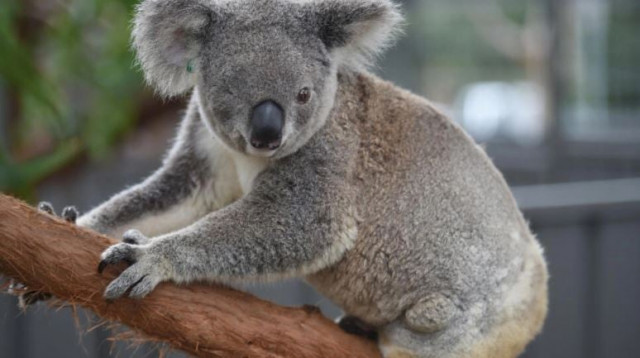Koalas set to benefit from world’s first approved Chlamydia vaccine
Starting in January 2026, the vaccine will be rolled out

Australia has officially approved the world’s first vaccine to protect endangered koalas from chlamydia, a major step forward in conservation efforts for the species. Developed by the University of the Sunshine Coast’s veterinary medicine division, the single-dose vaccine targets a disease responsible for nearly half of all wild koala deaths.
Researchers have spent over a decade creating the vaccine, which helps protect koalas from urinary tract infections, blindness, infertility, and even death. Chlamydia has been spreading through koala populations since the 1990s, with some colonies along Australia’s east and southeast coasts seeing infection rates as high as 100%. With only 50,000 to 80,000 koalas remaining in the wild, experts are concerned that the species could vanish from certain regions within a generation.
Unlike antibiotics, which can harm koalas by disrupting the gut bacteria needed to digest eucalyptus leaves, this vaccine offers lasting protection. Trials conducted over the past decade have shown promising results. A 2024 study revealed that the vaccine reduced the likelihood of koalas developing symptoms during breeding age and lowered mortality from chlamydia by at least 65%.
Tested on hundreds of wild and captive koalas, as well as animals in wildlife hospitals, the vaccine has shown to reduce infection, prevent the disease from worsening, and even reverse some symptoms. The development of the vaccine involved global collaboration, including contributions from Canada’s University of Saskatchewan and the University of British Columbia, with backing from the Bill and Melinda Gates Foundation and other organizations.
Starting in January 2026, the vaccine will be rolled out, prioritizing wildlife hospitals and high-risk populations. While the vaccine is a major breakthrough, researchers emphasize the need to also tackle other threats to koalas, such as habitat loss, climate change, and wildfires, to ensure the species’ survival.



















COMMENTS
Comments are moderated and generally will be posted if they are on-topic and not abusive.
For more information, please see our Comments FAQ